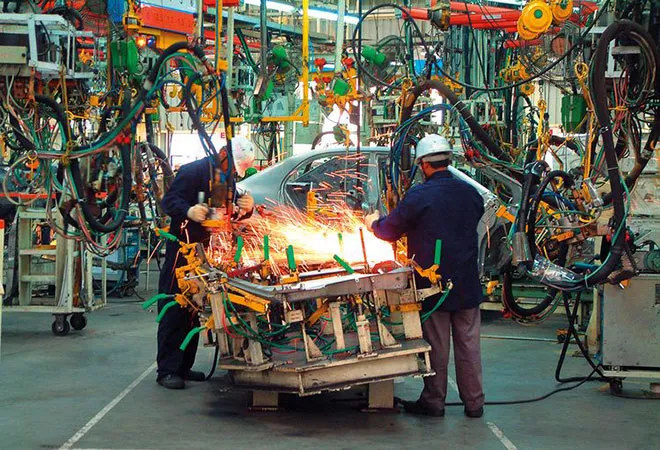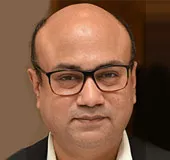-
CENTRES
Progammes & Centres
Location
India, the world's most populous nation could also be its new industrial hub

The year 2023 is a significant year for India. It marks the Indian presidency for the G20 and the Shanghai Cooperation Organisation (SCO). From the G20 perspective, the Indian presidency is crucial as it is in the middle of the troika from the global south, with Indonesia being its predecessor, and Brazil being its successor.
On the other hand, this also marks the year when India overtakes China to become the world’s most populous country in mid-January (India’s 1.417 billion versus China’s 1.412), according to World Population Review (WPR) estimates. This indeed creates an opportunity for India to convert this massive pool of human capital to a productive factor input in its avowed goal to achieve 5- and 10-trillion-dollar GDP. Despite a deteriorating global geopolitical and financial climate, fears of inflation and dip in forex and the demand slowdown, the World Bank has upgraded growth projections for India from 6.5 per cent to 6.9 per cent, citing the economy’s strong resilience to global shocks.
India has a significant role to play in reducing economic inequalities by converging the wedge between the rich and poor, as technology progresses in the largest democracy of the world
Secondly, the contours of economic partnerships have changed. Countries now strive to strike the right balance between globalisation and localisation, through bilateral and multilateral platforms characterised by leveraging sub-regional comparative advantages. Thirdly, there is no doubt that the pandemic has provided an uptick in the use of technology - ranging from the provision of social security payments at the grassroots to government-level conferences.
First, India has a distinct advantage over China from the perspective of low-cost sourcing primarily due to lower labour and production costs.
Fifth, India’s labour costs and wages are much more competitive as compared to China. Chinese wages were $1,197.32 per month in 2019 while India’s were estimated at $147.46 per month. More specifically, the average cost of manufacturing labour per hour was four times in China as compared to India as estimated for 2014.
Besides, Indian diplomacy is playing an extremely crucial role by responding to an increasingly dynamic world order. Partnerships such as the QUAD and I2U2, trade agreements with Australia, the UAE, UK, Canada and the EU, and enhanced outreach in Africa have provided Indian business access to finance, technology, and markets.
Many apprehended that India’s decision to not join the world’s largest trading bloc – the Regional Comprehensive Economic Partnership, or RCEP in 2020 to protect the domestic market and curb trade deficits was a lost opportunity in getting integrated with the broader MSME value chain of the ASEAN. However, there are substantial measures taken on various counts to counteract for that perceived “lost opportunity”.
Steering the G20, which comprises approximately 90 per cent of the global GDP, is a uniquely sticky position, but the Indian leadership couldn’t have been at the helm at a better time, when the world needs it the most as one of the strongest voices for the Global South. It is clear that India is the new roaring tiger of the world economic bloc, and prepared to emerge as an important cog in creating a new order from within the pandemonium that the world has been hurled into.
This commentary originally appeared in Gulf News.
The views expressed above belong to the author(s). ORF research and analyses now available on Telegram! Click here to access our curated content — blogs, longforms and interviews.

Dr Nilanjan Ghosh heads Development Studies at the Observer Research Foundation (ORF) and is the operational head of ORF’s Kolkata Centre. His career spans over ...
Read More +
Soumya Bhowmick is a Fellow and Lead, World Economies and Sustainability at the Centre for New Economic Diplomacy (CNED) at Observer Research Foundation (ORF). He ...
Read More +